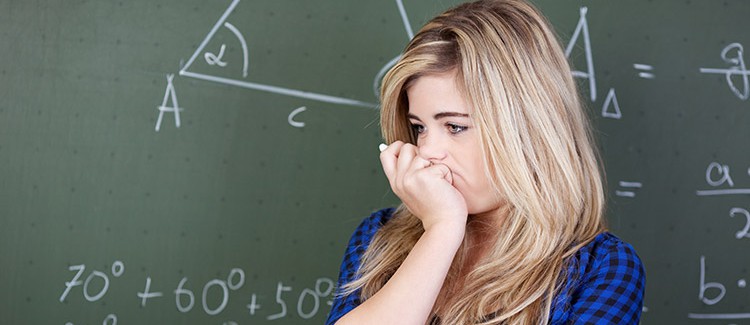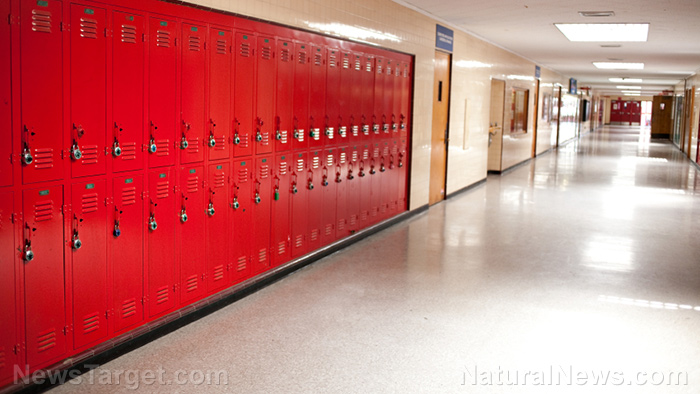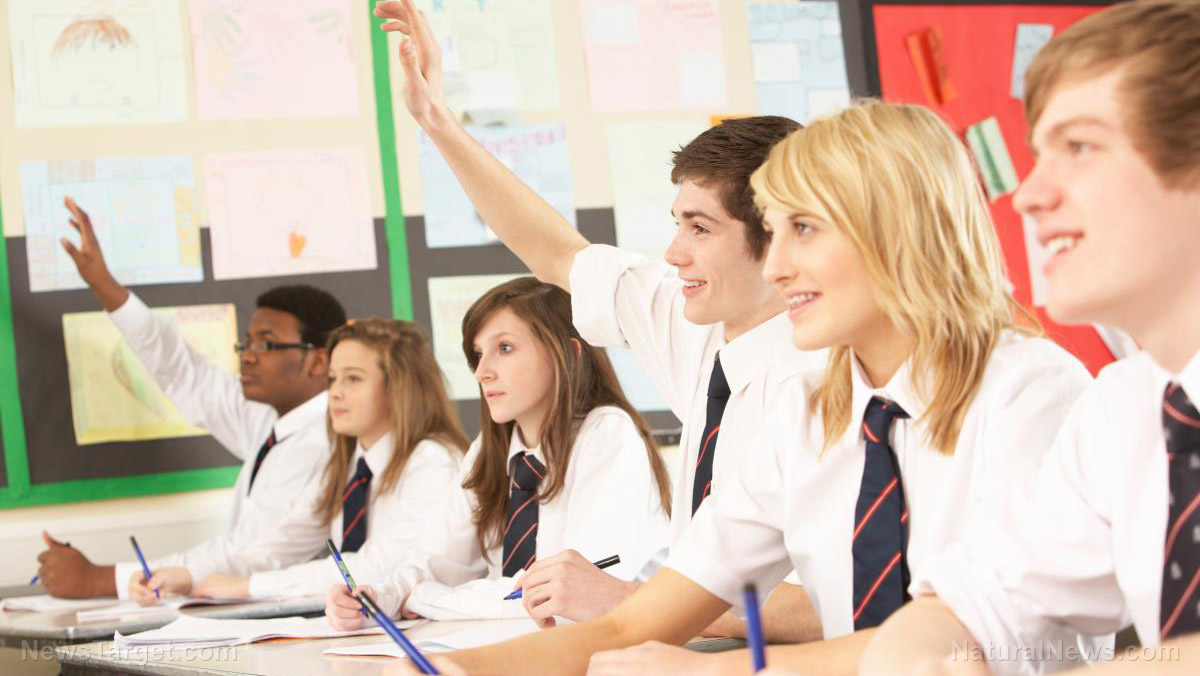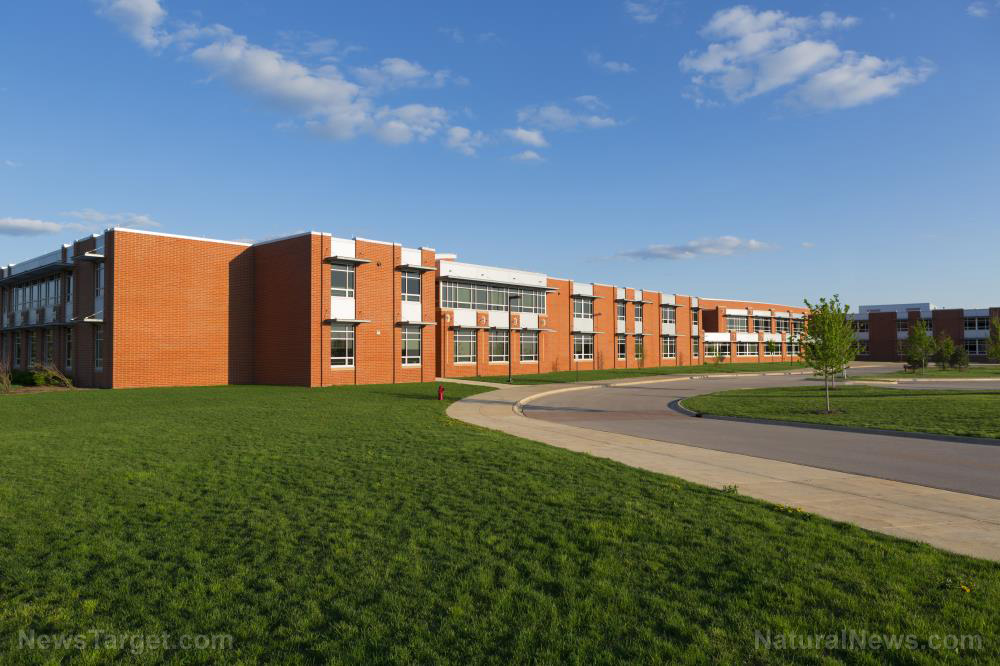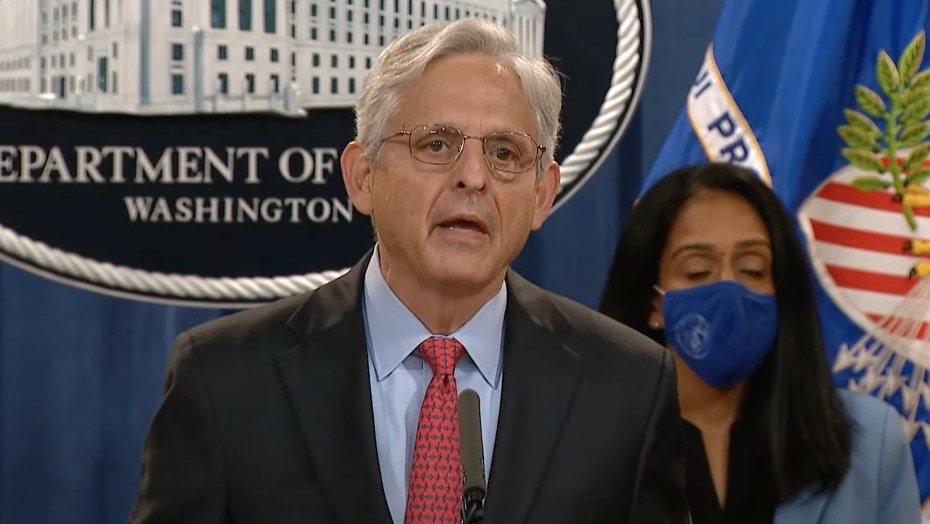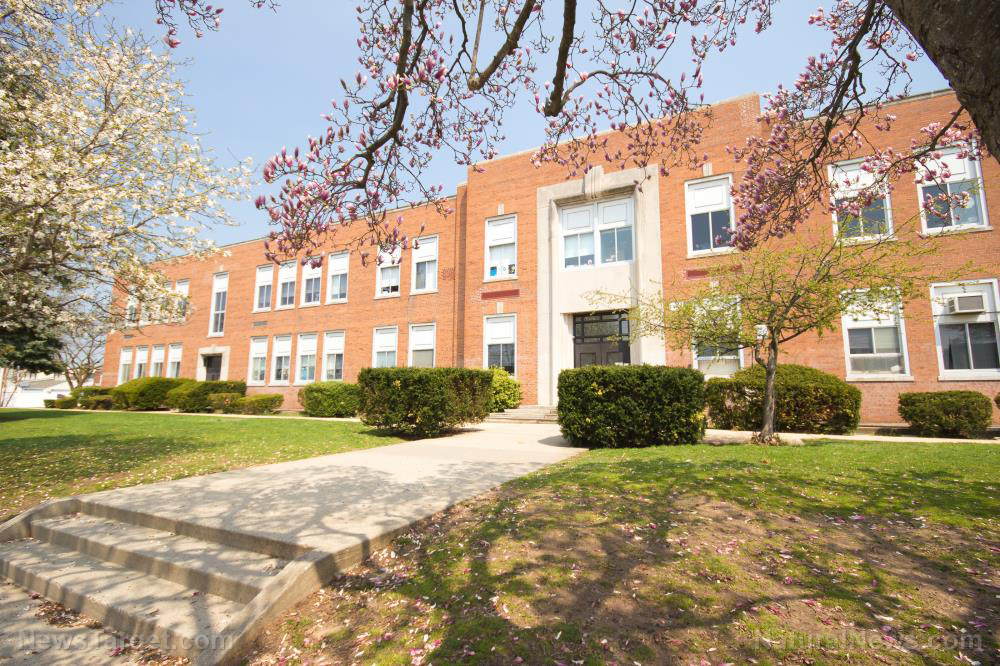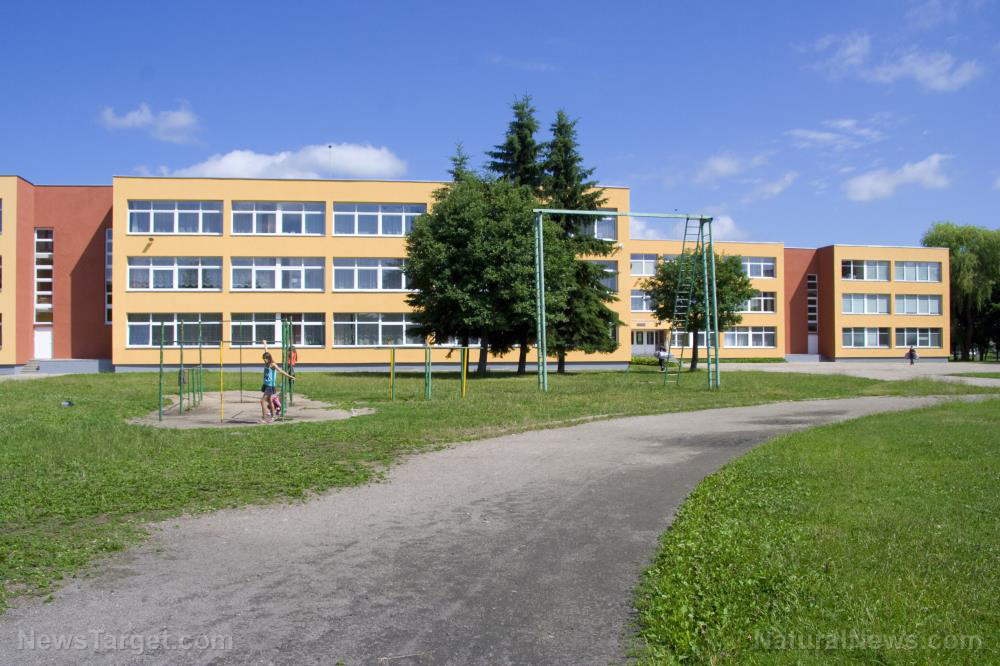Ontario closes schools, citing rising omicron cases as the excuse
01/12/2022 / By Mary Villareal
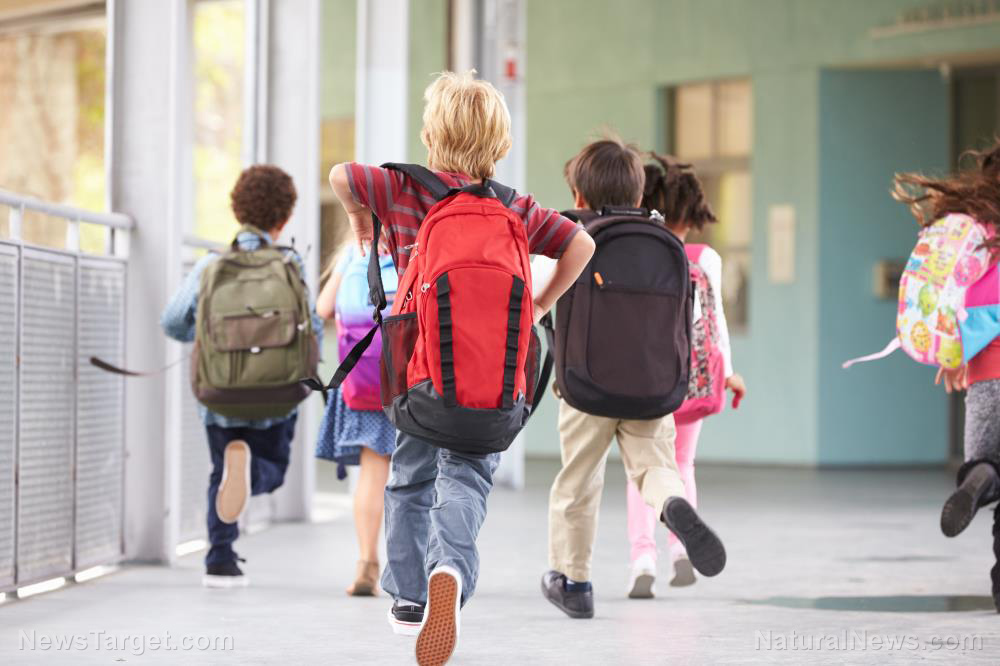
Schools in Ontario, Canada were shut down for at least another two weeks as the omicron variant of the Wuhan coronavirus (COVID-19) continues to threaten the safety of students. Premier Doug Ford said the decision was a no-brainer, claiming that it just took him 30 seconds to make it.
The new restrictions are part of the province’s Roadmap to Reopen program, which was first implemented last year. With public health experts saying that there could be hundreds of thousands of cases every day due to the omicron surge, hospitals could end up with thousands of beds short.
The province announced that all publicly funded and private schools will be moving classes to remote learning until at least January 17. Ford said the decision to close the schools was taken because the province couldn’t guarantee that schools would be fully staffed, as many teachers are expected to be off sick.
Officials in the province did not provide any concrete plans to ensure a safe return to school of students. This makes Ford’s school closure announcement maddening for parents and citizens. According to them, his actions look like he is caving in to political pressure rather than listening to the science.
Dr. Keiran Moore, Ontario’s chief medical officer of health, insisted that schools should remain open. During a press conference, Moore explained that additional layers of protection, such as improved ventilation and better masks, could keep schools safe for in-person learning. (Related: Over 400 studies show COVID-19 measures are failures… lockdowns don’t work, masks don’t work and school closures help no one.)
Meanwhile, U.S. schools have been facing a labor shortage since before the pandemic and is only expected to worsen as omicron ravages through the population. Classes will be remote for the first week of January, with Chicago public schools shutting down on January 5 after a dispute between teachers and district officials.
All in all, at least 4,500 schools in the U.S. will close their physical buildings.
Pandemic causing problems for students and school staff alike
Quarantines have affected children, who lost in-person class time, and families who had to scramble to arrange for child care. More than that, they also affected teachers and school staffing. There will come a point when substitute teachers can’t fill in the gaps when teachers are sick or are in quarantine.
By the fall of 2021, districts around the country have been facing substitute shortages due to the large number of teachers who left their careers since the pandemic began. As teachers stayed out of their classrooms, other staff members in schools have to handle classes on top of their regular works. School counselors are also finding themselves responsible for helping hundreds of students dealing with stress, anxiety and depression brought on by the pandemic.
After nearly two years of disruptions, the pandemic measures are taking their toll. While the changes are made to give schools the time to make adjustments that will help them prevent transmission among students and staff, not all parents have the privilege to find or pay for child care.
Karen Brown, president of the Elementary Teachers’ Federation of Ontario, said that the online learning announcement does not go far enough. Additional measures are necessary, such as putting high efficiency particulate air filters in classrooms. “Without the addition of these layers of protection, we are not confident that safe in-person learning can be sustained,” Brown said.
Watch the video below to know how parents are responding to school closures.
This video is from the NewsClips channel on Brighteon.com.
Get more COVID-19 related updates at Pandemic.news.
Sources include:
Tagged Under: big government, children's health, coronavirus, coronavirus restrictions, covid-19, infections, lockdown, medical fascism, Medical Tyranny, omicron, outbreak, pandemic, public education, school closures, school lockdowns
RECENT NEWS & ARTICLES
COPYRIGHT © 2018 PUBLICEDUCATION.NEWS
All content posted on this site is protected under Free Speech. PublicEducation.news is not responsible for content written by contributing authors. The information on this site is provided for educational and entertainment purposes only. It is not intended as a substitute for professional advice of any kind. PublicEducation.news assumes no responsibility for the use or misuse of this material. All trademarks, registered trademarks and service marks mentioned on this site are the property of their respective owners.


